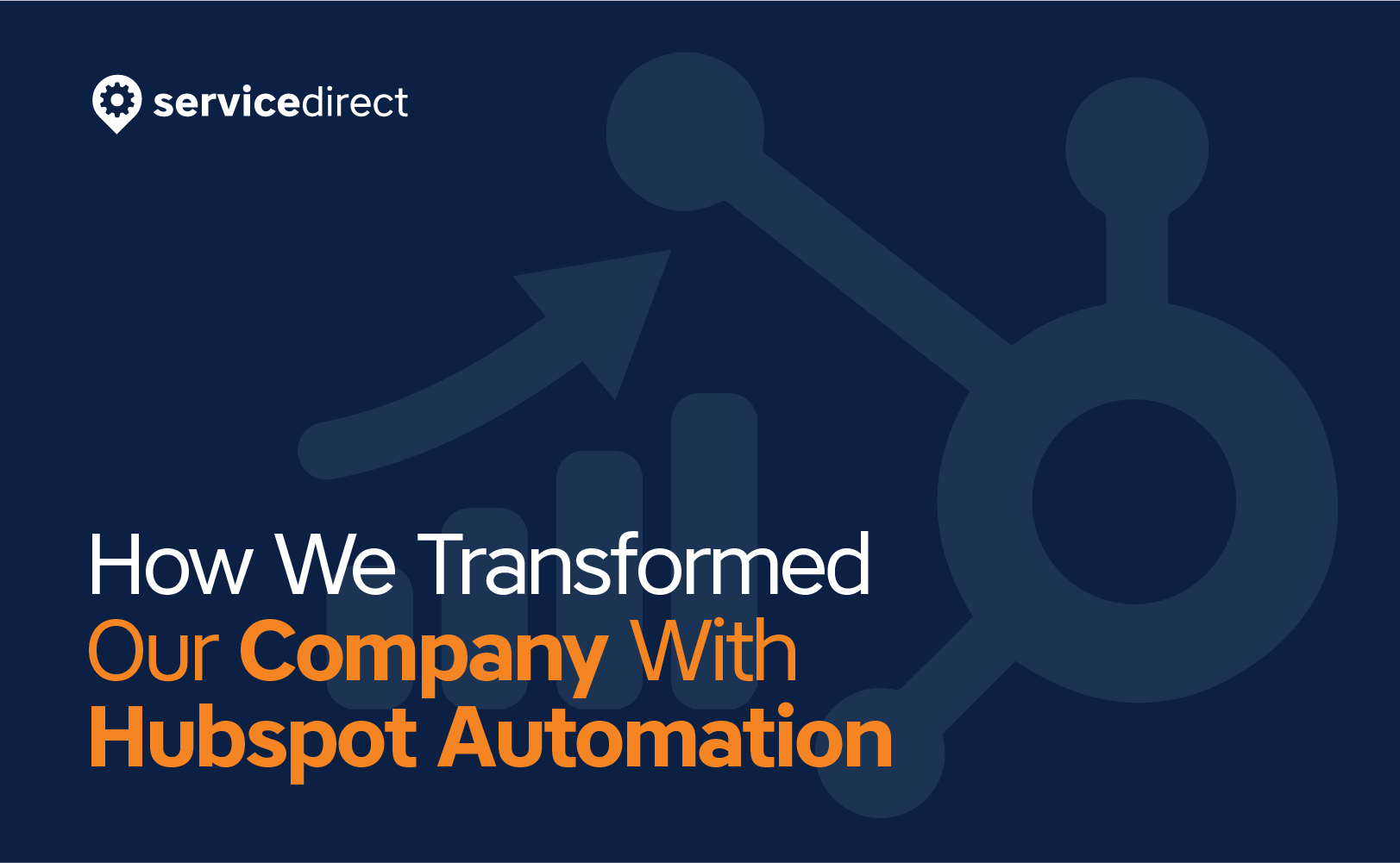How We Transformed Our Company With Hubspot Automation
Every company experiences growing pains. Fortunately, they’re typically solvable with the right investment in resources to scale that growth. At Service Direct, we were experiencing several distinct challenges and realized that by investing in automation we could support our growth in a much more efficient manner. One that would allow our customers to see more success while allowing our team members to work on the things that were most meaningful for us as a company.
It has been a massive undertaking, and while we feel like we are only in the beginning stages of our journey, our results have been so astounding that we wanted to share what we did. Hopefully, there are other companies out there with similar challenges that will decide to invest in technologies that allow their customers to see more value from their products/services.
Key Results
- Increased average ticket price by 13%
- Reduced poor performing client answer rates by 37%
- Increased Customer ‘Happy’ ratings by 43% while decreasing Customer ‘Unhappy’ ratings by 61%
- Increased product SKU upsells by 20%
- Reduced reactive support tickets by 53%
- Increased percentage of active campaigns by 23%
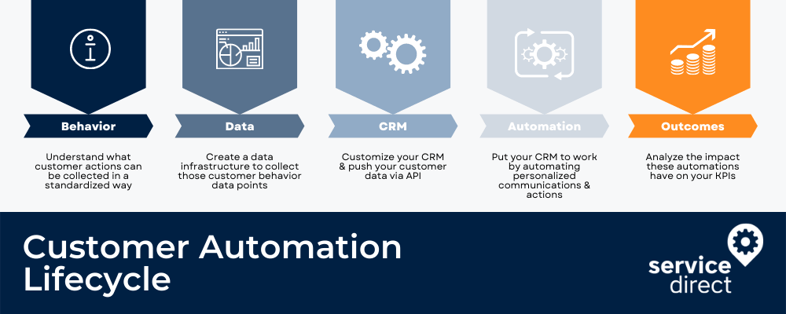
Our Customer Automation Journey
Before we start, it’s worth briefly mentioning what we do. We are a pay-per-call lead generation platform for local service businesses. We take the complexity and risk out of digital advertising for local service businesses by giving them the one thing they want: purchase-ready customers calling them directly.
To do that, we have developed a self-service platform where our clients can create their own account by telling us the types of leads they want and how much they will pay for them. Our platform then generates inbound phone calls and allows our clients to track those calls, report their ROI, and make adjustments to optimize their account.
This article is in no way, shape or form meant to be sales-y, but we do have an explainer video that will help you better understand what we do so that you have better context around our business.
Our Challenge
In early 2020 we launched our self-service product called Marketplace, taking our lessons learned from 13 years generating leads and turning it into a self-service platform local service business could use on their own. While we tried to give them the best instructions on how to set up their account, ultimately they were in charge of doing so. Anecdotally we knew our clients were not using our platform properly. If we had a human dig into an account, typically in response to a complaint or cancellation request, after a few minutes of research the problems could be spotted. But we didn’t have the insights to know when these things were happening. Never mind the ability to actually do anything based on those insights.
For us, it was clear our first step had to be to get accurate, real-time data about our clients.
Data Project: Client Health Data
We embarked on a massive project that we called Client Health Data. To begin, our goal was to brainstorm every data point we could collect that we felt like would give us better insight into our clients’ behavior. Each team had different ideas on what data was important to them, but the end result was 89 different data points broken down into the following categories:
- General Revenue Data - revenue, gross profits, etc.
- SKU-based Data - revenue data broken down by our various products
- Invoice/Payment History - successful payments, failed payments, balances, etc.
- Billable & Non-Billable Lead Volume History - lead counts overtime, % billable call ratios, etc.
- Lead Review Data - leads submitted for review, % billable after review, etc.
- Lead Quality Data - call durations, % short calls, etc.
- Lead Progress Data - call metrics such % calls answered, % service opportunities, % booked appointment rate, etc.
- Client Campaign Status - number of active/paused campaigns, % days active, scheduled enable date, etc.
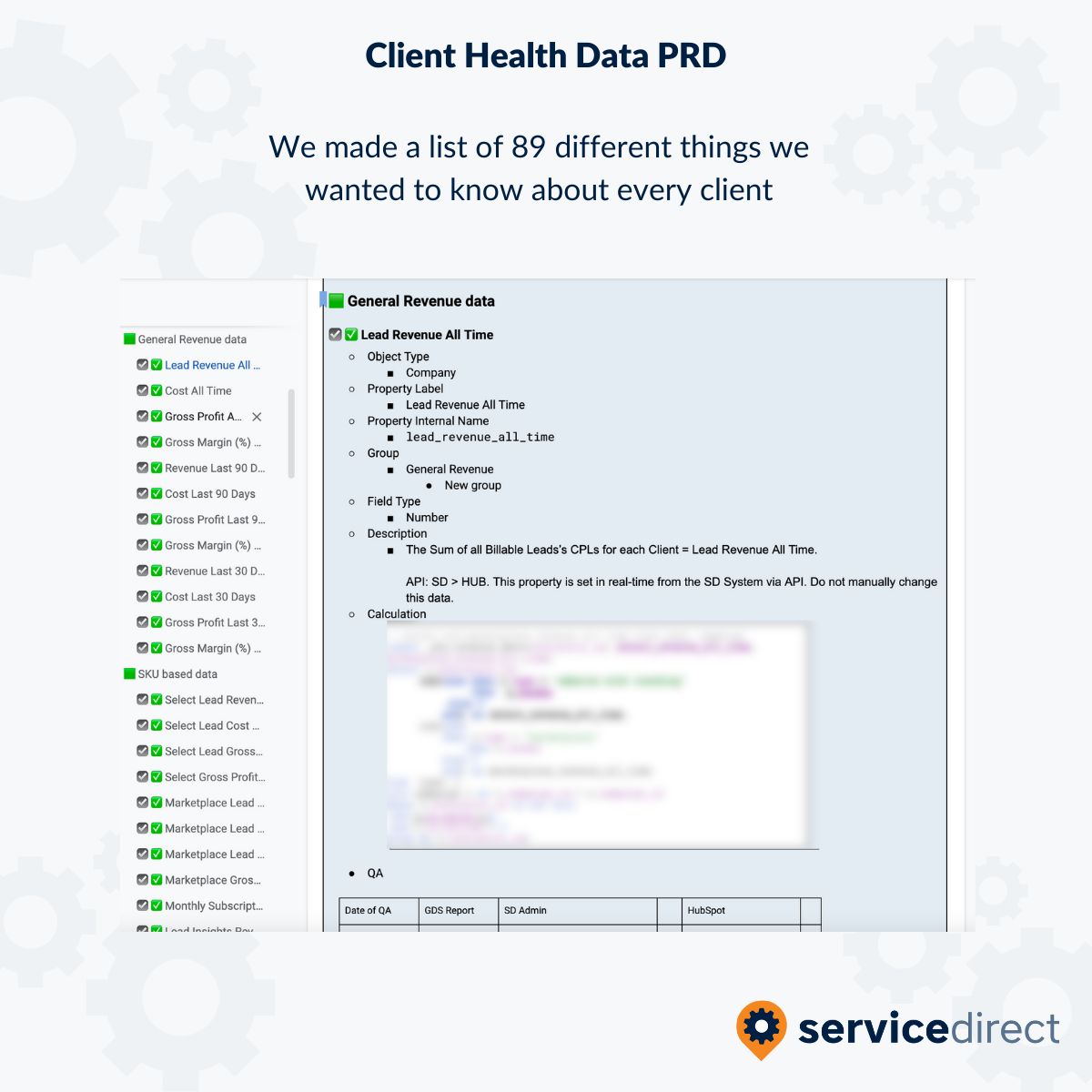 Screenshot: Service Direct Client Health Data PRD
Screenshot: Service Direct Client Health Data PRD
Once we understood exactly what information we wanted to know about every single client, we then needed to get that data from our admin database into Hubspot.
We created custom fields in Hubspot for each data point we were collecting in our admin database, and via its API , we are able to pass these data points from our admin to Hubspot on an hourly basis.
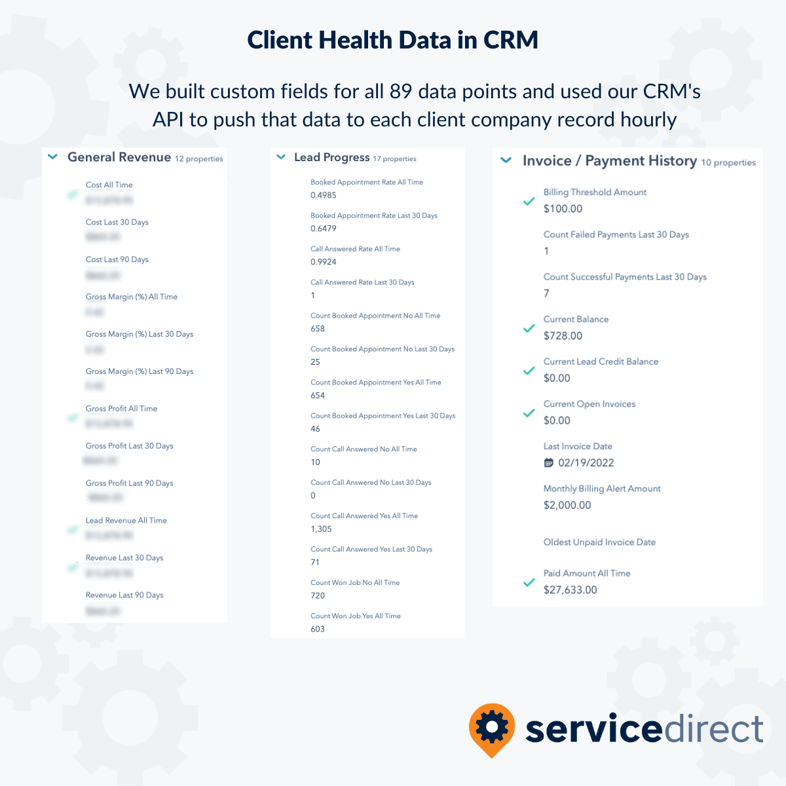 Screenshot: Hubspot Custom Properties with various Client Health Data
Screenshot: Hubspot Custom Properties with various Client Health Data
Once we had all of these customer data points it was time to put them to work!
CRM Automations
CRMs are only as powerful as the information within them. For us, while we were utilizing Hubspot across our Marketing, Sales and Support teams, absent our Client Health Data, we weren’t even really scratching the surface in terms of what it could do for us. Armed with that data, it felt like we went from a solid trot to warp speed.
Once we were able to connect the dots and get our clients’ behavior into Hubspot, it allowed us to build automations based on dozens of different factors with the goal of making sure our clients saw more value from our service.
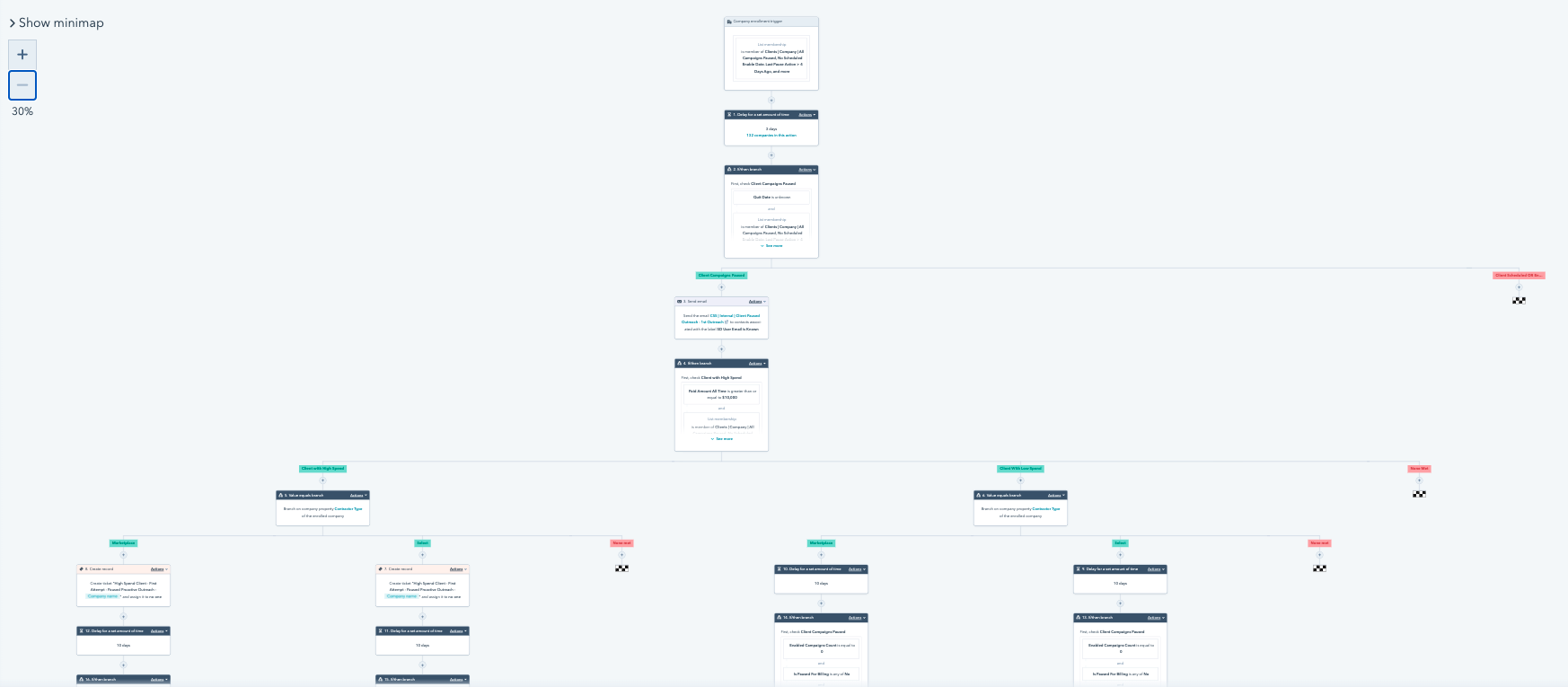 Screenshot: CRM Workflow For Paused Client Emails & Outreach
Screenshot: CRM Workflow For Paused Client Emails & Outreach
Within Hubspot, workflows are what allow you to take various automated actions based on whatever criteria you set, then schedule personalized follow-up actions based on what the client does. By tying our Client Health Data into Hubspot CRM and unleashing workflows, we were able to solve problems that were previously impossible to even diagnose, much less address through automation.
For us, it resulted in 3 transformational changes in how we supported our clients:
- Timely, personalized, automated communications
- Automatic alerts when human touch points were necessary
- Better informed engagements with clients
The combination of these changes had some pretty profound impacts on our clients and our business.
So what happened?

Once our system was able to turn our customer’s experience into uniform data, we were then able to take that data and automate and personalize our support to them such that it transformed that experience.
Here’s a look at some of the most common customer issues we saw, how we used automation to address them, and the results…
Problem #1 - Clients were entering a cost per lead that was too low and not winning calls in our Marketplace
Description
We give our clients the ability to choose (and change) their cost per lead, meaning what they will pay us for a phone call from a potential customer. Our Marketplace is essentially an auction, where clients bid on calls in real-time. But unfortunately, many of our clients were placing bids well below what the leads were going for, and thus never winning the auction.
Solution
We were able to cross-reference our leads database to see how many leads we were bidding on on their behalf and not winning with their CPL, and send them automated emails and in-app notifications showing them how many leads they were missing out on and giving them the opportunity to increase their CPL.
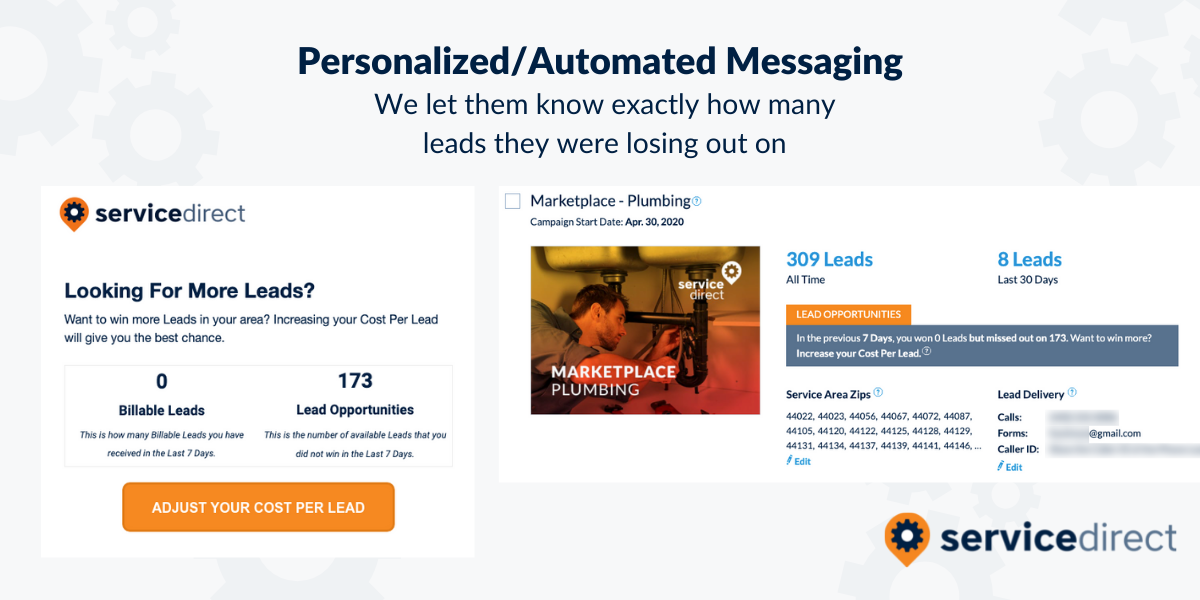
Result
Prior to unlocking these features, we were seeing days where the majority of CPL changes were negative and some days where they were positive. After rolling out these automations, we have seen significant increases in cumulative CPL changes over time.
 Screenshot: Google Data Studio report showing cumulative CPL changes overtime
Screenshot: Google Data Studio report showing cumulative CPL changes overtime
Problem #2 - Clients were not answering calls our Marketplace was sending to them
Description
As anyone that has tried to get in touch with a local service business before knows, sometimes you can’t get someone to pick up the phone. For our clients, not answering their phone when we make it ring ends up costing them money, which in turn causes them to not see value in our service.
Solution
Our Quality Assurance team is constantly listening to calls and scoring them on dozens of different factors, chief among them being whether or not the call was answered by our client. Once we were able to add that data, in combination with other automated data such as call duration into our CRM, we were able to:
1. spot clients that were missing calls consistently
2. send them automated emails notifying them and giving them resources on how to solve the problem
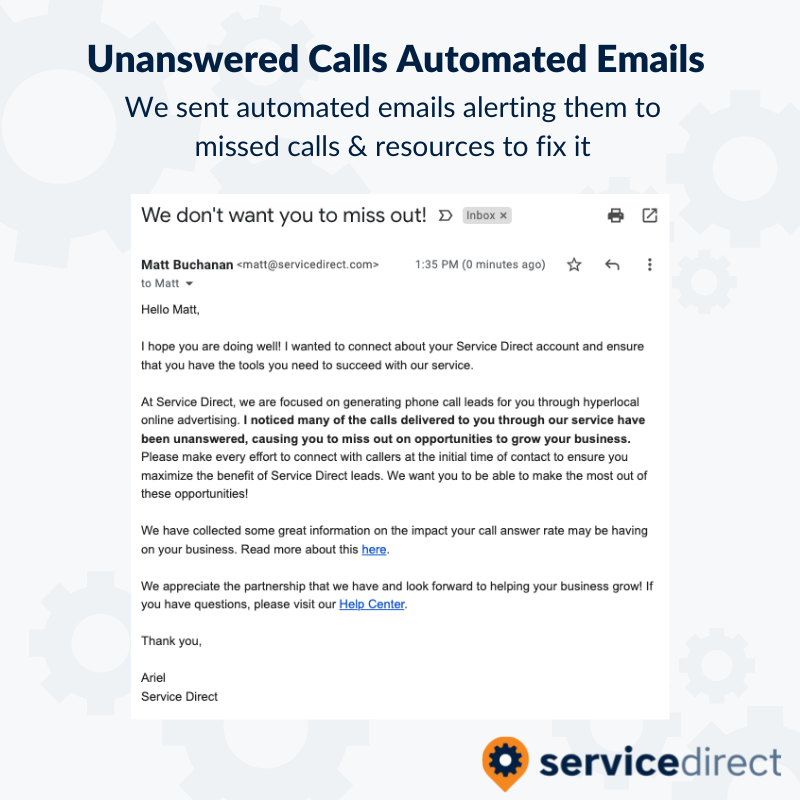
Result
We were able to reduce the percentage of clients that are considered ‘Poor’ in terms of their call answer rate (for us, that is anything below 50%) by 37%.
Problem #3 - Clients were pausing their account and not re-enabling it at a later date
Description
We also give our clients the ability to pause their account if they don’t want leads. At one point, at any given time, around 60% of our clients' campaigns were paused. We were hosting an auction, but not getting a lot of folks in seats willing to bid, and as a result, our auctions weren’t as successful. Prior to our Client Health Data, CSS representatives had to search individual accounts manually and perform repetitive, manual outreach tasks to understand who was paused and try and get them to re-enable. This was causing them to waste valuable time they could have been spending on other pressing issues.
Solution
We utilized our Client Health data to first understand their value to us in terms of revenue. If they had spent over a certain amount with us and they paused their campaigns with no scheduled enablement date, a ticket was automatically created for our CSS representative to reach out to them personally. If they weren’t in that group, a series of customized emails was sent to them encouraging them to re-enable their campaigns.
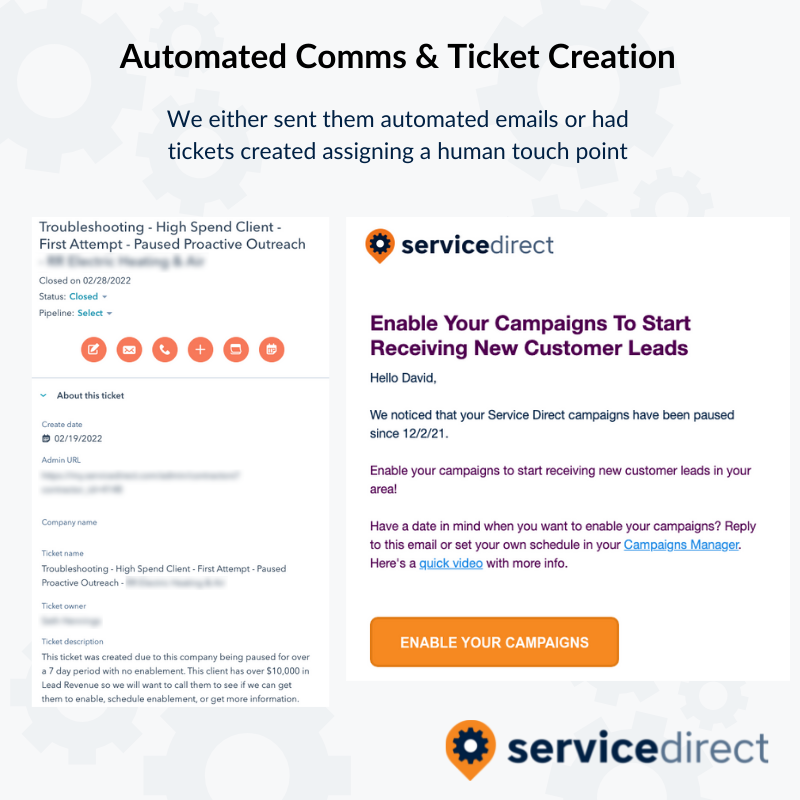
Result
In just one month of launching our automation geared towards addressing this customer behavior, we were able to see a 23% increase in active campaigns amongst our clients!
 Screenshot: Google Data Studio report of impact of automations on campaigns enabled % after one month
Screenshot: Google Data Studio report of impact of automations on campaigns enabled % after one month
Problem #4 - Many new clients were not happy & churning out of our Marketplace quickly
Description
Faced with a poor experience (either not getting leads or getting leads that they didn’t convert into customers), many new clients expressed their frustrations with us and ultimately ended up canceling their accounts. As any company knows, too much churn makes growth nearly impossible.
Solution
We leveraged technology to allow us to take a proactive approach with our clients' accounts. Previously, most of our engagements were reactive in nature, and typically because either something was wrong or because a client couldn't find answers to their questions. But by injecting timely, personalized, often automated outreaches to our clients based on issues we were seeing in real-time, we were able to address small issues before they became big issues.
Result
Shifting from a reactive to proactive and automated approach reduced our reactive (typically client-initiated due to a problem) tickets by 53%.
 Screenshot: CRM report showing massive decrease in reactive (typically in response to a problem) customer-created tickets
Screenshot: CRM report showing massive decrease in reactive (typically in response to a problem) customer-created tickets
Not surprisingly, our clients appreciated this approach. Our ‘Happy’ customer satisfaction rating went from 21% in Q1 of 2021 to 41% in Q1 of 2022.
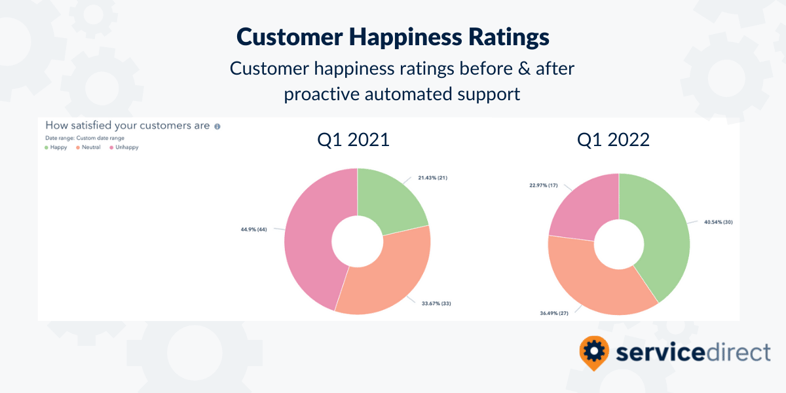
Problem #5 - We weren’t able to identify & upsell the right clients
Description
Our sales team was stuck individually researching clients to get a better sense for whether they were solid candidates for upsells. This was time-consuming and ineffective, resulting in mis-timed or ill-advised sales engagements that weren’t productive for our client, the sales rep, or our company.
Solution
Using our Client Health Data, we were able to build audiences based on criteria we knew were strong indicators of upsell opportunities. Then we were able to provide both in-app messaging and personalized email communications, offering them the opportunity to schedule a time to discuss other products with an account executive.
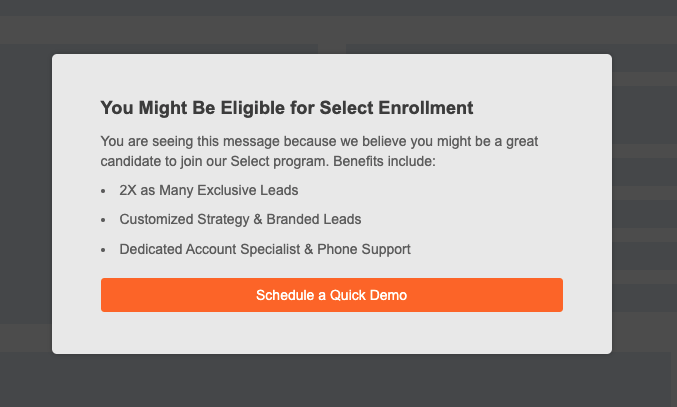
Result
We were able to see YoY upsell growth of 20% while saving our sales representatives a ton of time not having to manually research and qualify client prospects.
Conclusion
Our customer support automation journey has been long, challenging and expensive. We’ve spent considerable time and resources in order to do all of the things above and more. With that said, it has truly transformed our clients’ experience with our platform. Not only that, it’s totally changed us as a company. Beyond the improved KPIs we’ve listed above, it’s transformed the satisfaction level of our employees in their work. Instead of being interrupted from doing mundane tasks by an (oftentimes) angry customer, they are now focused on deploying new technologies to solve complex problems in a more efficient way. And when engaged with clients, those experiences are overwhelmingly more positive and productive.
If you’re struggling trying to make sense of your business through the eyes of your customers and feel like you’re spinning your wheels, we hope our experience will encourage you to make the investment in the people and technologies that can transform your customers’ experience with your company.

